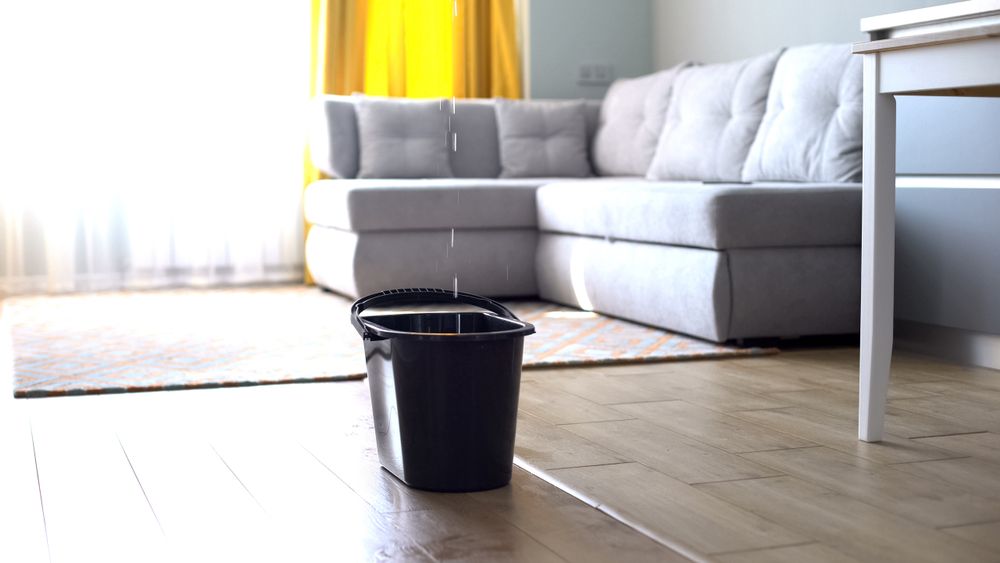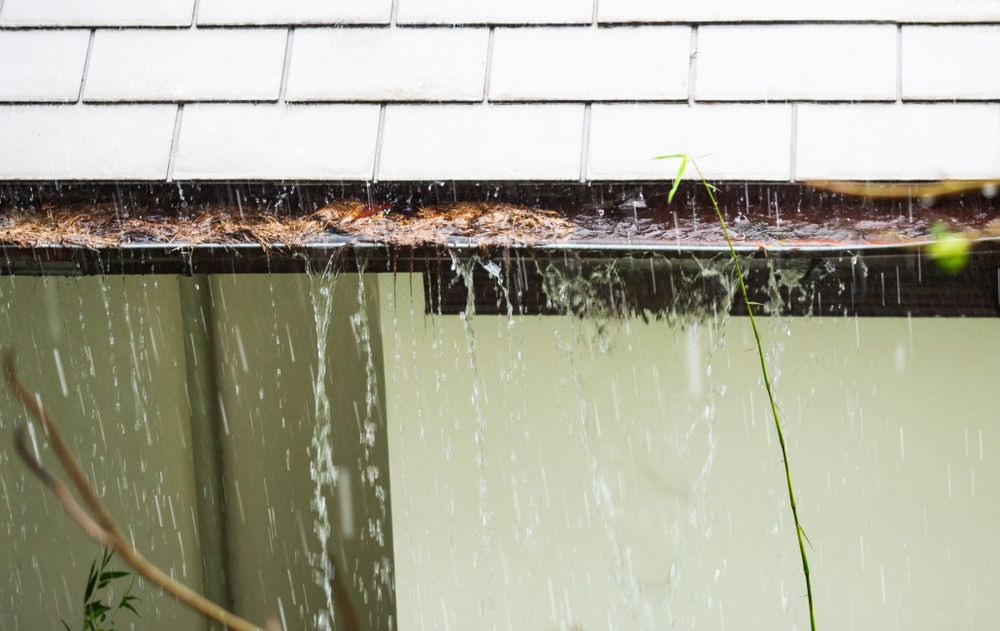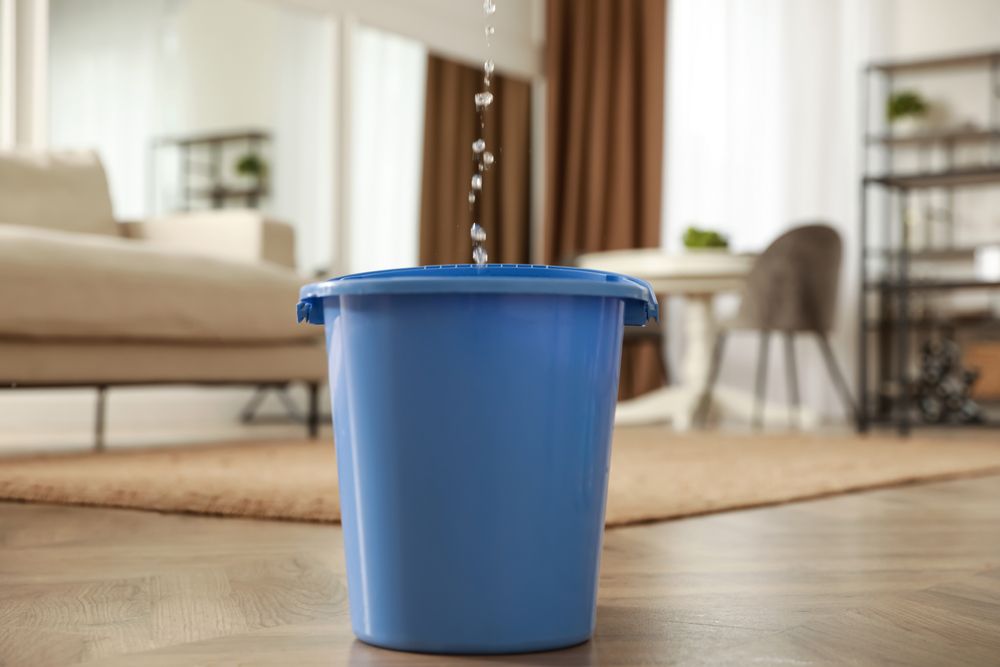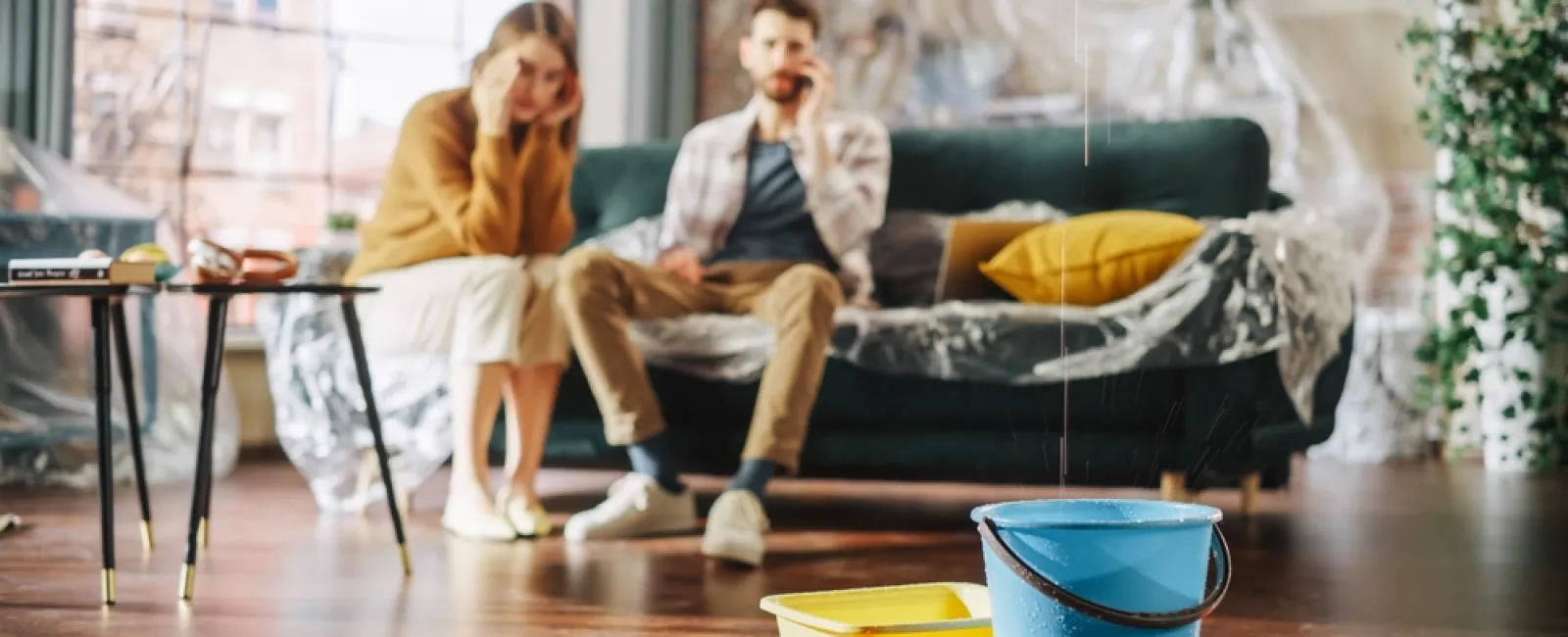As a homeowner, it's vital to know the signs of roof leaks so you can take action as soon as possible. Unnoticed roof leaks can allow water and pests into your home, leading to mold, rot, and further damage to the structure of your roof. Eventually, leaks can cause expensive interior and structural damage to your home.
Your roof should be inspected annually and after severe weather events, as well as maintained to protect the longevity of your roofing materials.
Here are some of the most common causes of roof leaks. If you notice any of the signs of these leaks, you should contact a professional roofing company to take care of them before they become more serious.
Common Causes of Roof Leaks
Causes of roof leaks fall into three categories: age-related wear and tear, sudden damage, and improper installation. Some leaks are obvious and fairly simple to repair, while others require the expertise of a certified roofer.
1. Age
Often, the primary cause of a leaking roof is roofing materials that have reached the end of their lifespan. Most roof tiles will last for decades, but improper maintenance can reduce their longevity. For example, moss must be regularly removed from your roof to prevent damage. However, normal wear and tear will eventually make your roof susceptible to leaks. Over time, extreme temperatures, severe weather, impacts, and debris will make your roof tiles brittle and lead to cracks.
2. Pipe Boot Failure
One of the most common causes of roof leaks is when a boot around a pipe or other penetration fails. A pipe boot is a type of roof flashing that goes around the base of the pipes coming through your roof.
Pipe boots can be made of lead, plastic, copper, etc., but neoprene (synthetic rubber) is the most common material. Over time, UV rays from the sun break down the neoprene and it cracks, allowing water to follow the pipe into your roof.
Pipe boots do not last the lifespan of your roof—they last about 10 years. Factors like location, weather, and animals affect how often they need to be replaced.

3. Damaged Flashing
Lead flashing, which is installed along the joints of your roof to seal and protect these vulnerable areas from water intrusion and pest infestation, is an essential part of a well-protected roof. If your flashing becomes cracked or damaged, water can easily enter these areas and cause serious issues. Flashed can become damaged by normal wear and tear, exposure to fluctuating temperatures, direct impacts, or fixings or caulk falling out of place. Cracks or other damage should be visible upon close inspection of your flashing.
Because flashing is placed in critical areas around skylights, chimneys, or where two sections of roof meet, you should repair your flashing as soon as possible.
It is recommended to inspect your roof's flashing a few times a year, even if you don't suspect an issue.
4. Broken or Missing Shingles
Damaged or slipped roof tiles are a common cause of roof leaks. Shingles are the first and primary layer of protection on your roof, and any sources of damage like falling debris will affect them. It's easy to spot cracked or missing shingles, and you might notice chips or entire tiles on your lawn after heavy winds.
Compromised shingles can lead to serious issues, especially during heavy rain. Water will enter your roof space, burden your underlay, and seep into structural timbers, where it can cause condensation, mold, and rot. Broken or missing shingles need to be replaced, and the underlayment needs to be checked for rot and replaced if necessary.
5. Clogged Gutters
Your gutter system is essential in protecting your roof and your home from water damage and all of its related issues. If your gutters clog, pooling water can enter cracks and weak spots on your roof and cause a leak. Leaves, twigs, and other debris sticking out of the top are signs that your gutters are clogged. You may also notice that not much water flows through the downspout during heavy rain.
Regular gutter cleaning and inspections will prevent clogged gutters and potential leaks.

6. Chimney Damage
As a result of repeated exposure to harsh weather over time, the mortar on your chimney can wear away and allow water in. The most common place where a chimney is causing a roof leak is the mud cap or the mortared portion at the top of the chimney. The mortar and flashing around the base of your chimney should also be inspected for leaks and damage.
7. Roof Vents
Roof vents allow warm air to escape and remove excess moisture from your attic. Without adequate roof ventilation, condensation can form and lead to mold, rot, leaks, and structural damage.
Cracks in roof vents or damage to the flashing around them can lead to leaks. Dark spots under roof vents indicate leaks.
The surrounding rubber root and roof tiles need to be pried up to repair a roof vent. Whatever was causing the leak—the flashing, the rubber vent boot, or the vent itself—should be replaced.
8. Improperly Installed Skylights
If you notice a leak coming from the top of your roof window or skylight, this can indicate that the flashing around it is damaged. Aside from falling debris or age-related wear and tear, a leaking roof window is generally caused by improper installation.
Leaking skylights can be repaired by filling the cracks with resin or silicone. During skylight repair, the surrounding flashing should be inspected to identify issues that can cause future leaks.
9. Condensation in Your Attic
Since your attic is the highest part of your home, it is particularly prone to condensation because air rises and because of the difference between indoor and outdoor temperatures when warm air meets a cold surface, condensation forms, which can build up and drip down on your attic floor, causing water damage.
You might notice a leak from your attic or a strong, musty odor. If your structural roof timbers stay wet for long periods, your roof can develop serious structural issues.
To prevent condensation in your attic, you can install adequate roof ventilation, which allows warm air and excess moisture to escape. You can also improve your attic insulation, which will keep the space at a consistent temperature and draw excess moisture from the air.
Should You Try To Repair Your Roof Leak?

If you are a handyperson or have construction experience, you can probably do some of these repairs yourself. But doing them incorrectly will only cause more issues in the long run, so if you're unsure, it's best to leave them to a certified roofing contractor.
A professional roofer can not only properly repair your roof leak, but they can also identify any other problems with your roof, and they can do it all safely. If you're not used to using a ladder or walking on your roof, you should not attempt to repair your roof yourself.
Whether you require professional roof repair or not, you should have your roof inspected and maintained once a year to prevent the issues that lead to leaks in the first place. If your roof is already leaking, there are steps you can take to minimize damage inside your home before the roofing contractor arrives.
How Much Does It Cost To Repair a Roof Leak?
Most roof leak repairs cost between $150 to $1,500. Since the cause of roof leaks varies widely, so does the cost of repairs. More minor issues like a few missing shingles will be on the cheaper end while replacing a larger section of missing shingles will be on the higher end.
Roof Inspections in Georgia and Chattanooga, TN
The best way to identify roof leaks before they lead to more serious issues like structural damage and prevent the need for more costly repairs is to get regular roof inspections and maintenance. At Northpoint Roofing, we offer free drone roof inspections that pinpoint all types of roof damage, including hail damage, missing shingles, and more.
Our certified roofing team provides residential and commercial roofing services, including roof repair, roof replacement, skylight repair, and gutter services. If you suspect that you have a roof leak or your roof has not been examined in a long time, don't hesitate to contact us or schedule your free inspection today.

